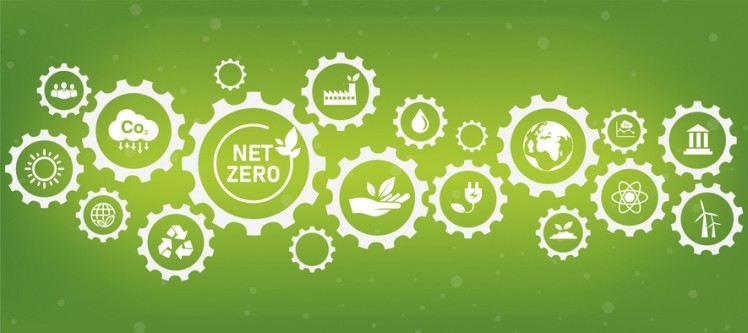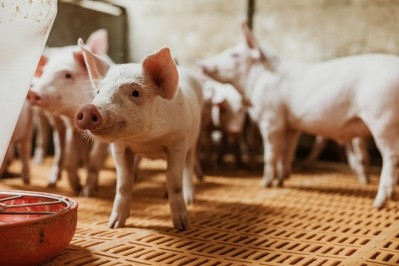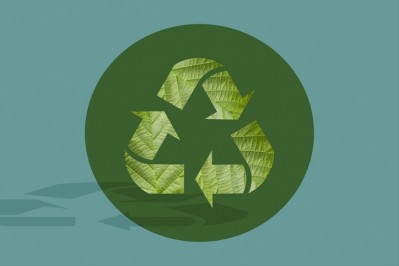Processed animal proteins: Is EU compound feed industry use likely to expand?

There had been a ban on the use of PAPs in animal diets in the EU since 2001, following the BSE crisis. However, that sanction was lifted to allow their use in fish feed in 2013, and, in August 2021, the EU Commission adopted a decision to amend the feed ban regulation, allowing the use of PAPs and insects in feed for non-ruminant farmed animals such as pigs and poultry.
Dr Martin Alm, technical director, the European Fat Processors and Renderers Association (EFPRA), and Carine van Vuure, nutrition and regulation manager, Darling Ingredients, and member of EFPRA’s technical committee, shared insights about the latest PAP market developments with FeedNavigator.
They both participated in the five-year long private-public partnership (PPP) project involving a cluster of Dutch companies, government agencies, science and social organizations looking at how to encourage greater use of circular feed materials, including PAPs, with the findings of that research work communicated via an online seminar this week.
Early adopters
Dutch group, AgruniekRijnvallei (AR), was the first EU compound feed supplier to start processing porcine meal for use in poultry feeds, in March 2022, with a handful more mills in Germany and the Netherlands doing the same in the months thereafter. “There are always the early adopters,” said van Vuure.
But along with those Dutch and German feed compounders, Finnish feed millers have recently begun trialing the circular raw materials, said the Darling Ingredients executive. “In other advances, we are also now seeing inclusion of poultry meal in piglet feed as well.”
It is not an easy formulation switch though, she acknowledged. A requirement of the regulation on the use of PAPs is that a mill must be completely dedicated to either poultry or pig feed, so if a feed manufacturer wanted to introduce pig PAPs into poultry feeds, for example, it could only do so in a plant that produced poultry feed.
Market curbs still exist, with retailers in certain countries still imposing a de facto ban on stocking any meat products from animals fed PAPs, and there has been reluctance on the part of some competent authorities to cooperate on the supply chain registration aspect, she explained.
Each step in the PAP supply chain needs to be approved and recognized by a country’s competent authority, as per the new rules. And the renderer has to register all its raw material suppliers.
Processing step
Furthermore, on the rendering side, the regulation obliges companies to only use certain processing methods – pressure sterilization - when it comes to porcine meal supply to the feed industry: “We are working to amend that aspect; the European Food Safety Authority (EFSA) is currently evaluating whether porcine meals can be processed in the same way as poultry meals. We want to ensure there are no constraints on EFPRA members in terms of supplying raw materials to the feed sector,” said Dr Alm.
Renderers long ago switched to an energy efficient method deemed safe for the processing of PAPs for use by the pet food sector and for fertilizer application, he reported. “In 20 years of use, there has never been a safety issue when supplying the pet food sector, an industry with stringent safety and quality demands,” said the EFPRA spokesperson.
Moreover, given today’s environment of soaring prices and climate change concerns, processing methods that are proven safe and effective in relation to microbiological contamination, but also sustainable in terms of energy usage, should be the preferred choice, they both stressed.
Usage trends
Dr Alm reported on current market usage of PAPs in his online presentation this week, outlining how there are around 2.8m tons of PAPs available for use in Europe.
The pet food sector is still the dominant market, the fertilizer segment is also key and aqua feed usage is continually growing, currently hitting around 250,000 tons per annum, with that sector showing a preference for feather meal and poultry meal in terms of PAP components.
However, one third of EU PAP production still goes towards the export market.
Sustainability metrics
To illustrate the environmental impact aspects of EU PAPs, EFPRA has been working with the Global Feed LCA Institute (GFLI). The result of that collaboraton is 12 datasets, and they show that PAPs compare favorably with plant proteins, particularly in reference to soybean meal, in terms of key sustainability metrics, said Dr Alm.








